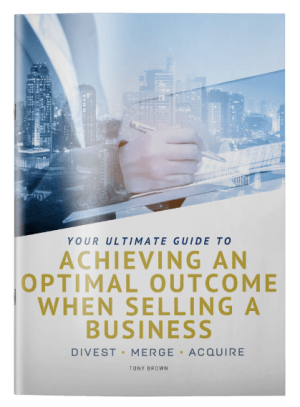There is often considerable confusion surrounding the treatment of working capital when selling a business.
Working capital plays a crucial role in Enterprise Value calculations, sale price allocation, and sale adjustment calculations. Many business owners, and even some advisors, do not fully grasp how working capital impacts the goodwill of a business and its accounting in the context of a business sale. The consequences of this lack of understanding can be significant, with owners potentially forfeiting substantial value without realising it.
What is Working capital?
Working capital refers to the current assets and liabilities necessary for the day-to-day operations of a business. These assets and liabilities are constantly converting from one category to another, ultimately into cash, and they vary from business to business. On the asset side, working capital normally includes items such as inventory, WIP, trade debtors and other debtors, and prepayments. On the liability side, it normally encompasses trade creditors, customer deposits, and other current liabilities.
Counter-intuitively, it includes all of these EXCEPT cash! This is because a transaction based on Enterprise Value typically excludes cash (and debt), ie on a cash-free, debt-free basis. This is different to Equity Value, which does include those items.
When calculating Enterprise Value, it is essential to consider how working capital features in the process. No credible Enterprise Value can be calculated without including working capital and understanding the cash cycle. Net working capital represents the ongoing investment required to generate profit in a business.
Is it better to have more or less working capital?
The answer depends on the context, whether it pertains to the ongoing operation of the business or specifically to the context of a sale.
Well-run businesses strive to minimise net working capital to make their money work harder and generally achieve a higher return on funds employed. However, many business owners do not pay attention to how much of their investment is tied up in working capital, and it can often grow without anyone reacting to it. Most business owners or managers aim to maximise profit, and driving sales and margins is an effective way to achieve this. These drivers encourage maintaining adequate levels of stock, often buying in bulk at the best prices, offering extended payment terms, and/or paying suppliers early to foster stronger relationships. These factors tend to increase net working capital while driving profit up.
The Effect of Working Capital on Sale Returns
The dynamics of working capital change entirely when a business owner transitions from ‘running the business’ mode to ‘selling the business’ mode. Goodwill is the difference between the enterprise value (based on a multiple of earnings) and the value of net tangible assets, including plant & equipment and net working capital. Therefore, in basic terms, the lower the working capital requirement, the less money is tied up in the business. With the overall sale price unchanged, this means achieving the same sale price while having more money ‘off the table’ and already in the owner’s pocket. This translates to a higher potential goodwill component of the price.
With over 25 years experience guiding business owners through successful transactions, DMA understands the nuances of working capital and how it affects transaction outcomes. DMA combines rigorous analysis with practical sale structuring advice to help clients maximise transaction proceeds.

